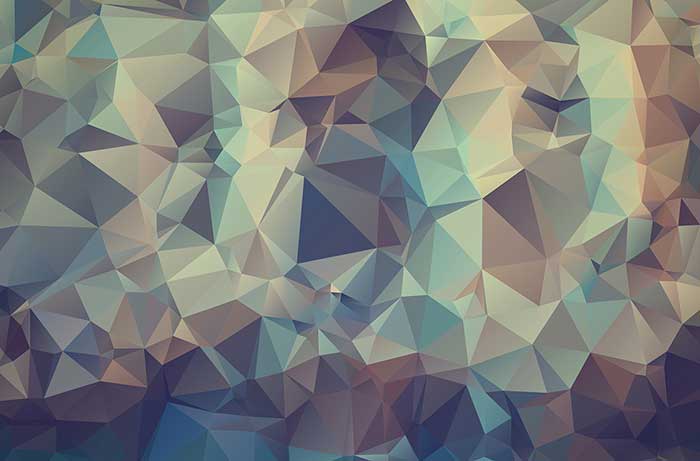

Orange and/or yellow photos on a blue/light blue background, etc. You can always mis color compliments this way as well. text) is also a nice complement to both the background and photos in this case. An example might be washed out sepia tone monochromatic photos on a darker maroon colored background. Combining higher key, softer photos with a dark background can create too much contrast, and adds a harsher edge to an otherwise softer theme.Ĭolored backgrounds should be used when you have consistency in tone and color. Light gray or white will show off such photos nicely, and maintain the overall soft feel. Lighter backgrounds go well with "soft" photography, photos with a lot of out-of-focus blur, higher key, lighter tones and muted colors. A black background in this case will just drown the photos, and a lighter or white background will help make B&W photos pop. An opposite case might be when you have lower-key black and white (grayscale) photos. Its neutral, absorbs extra light, and can really help make your photos pop. If you have a very widely varying set of color and tone in your photos, you might want to stick with black. You may even be able to use a colored background if it properly compliments the tone of the photos themselves. Combined with the right complimentary design, you can present photos with light or dark backgrounds. I think this is very much a matter of style.


 0 kommentar(er)
0 kommentar(er)
